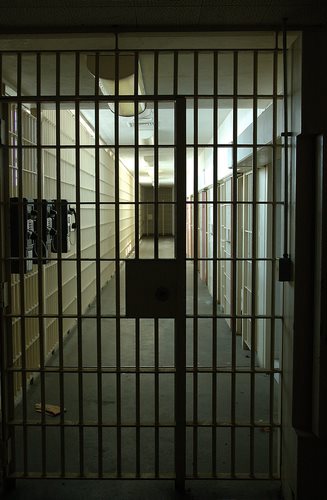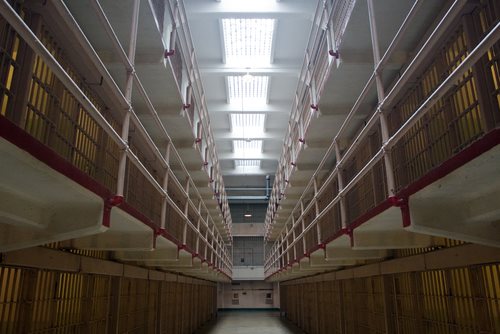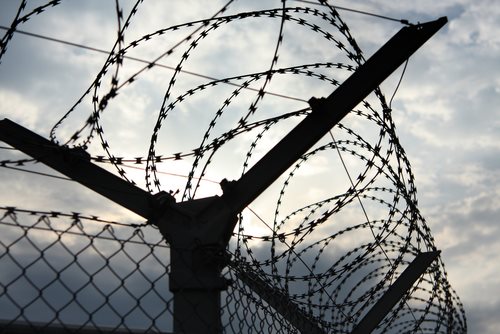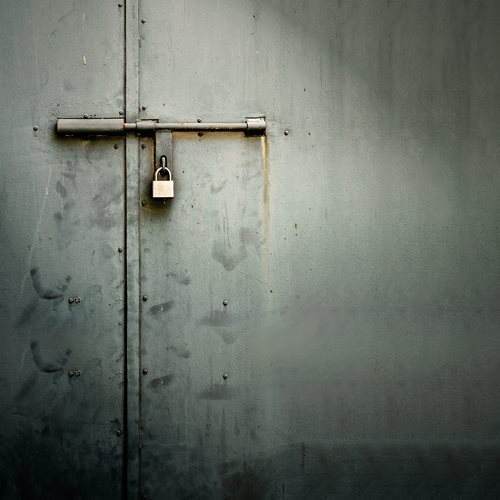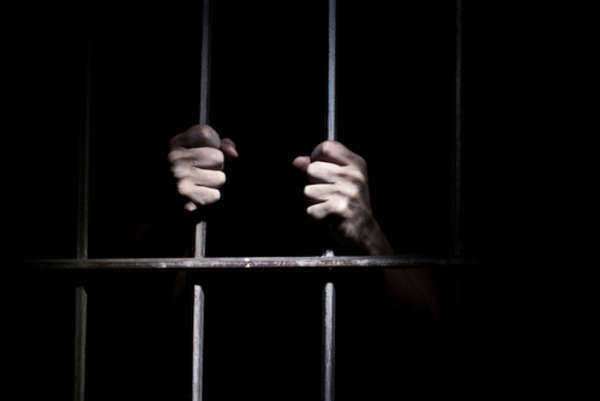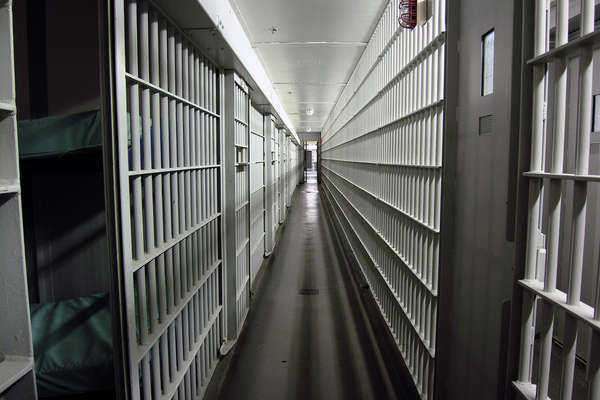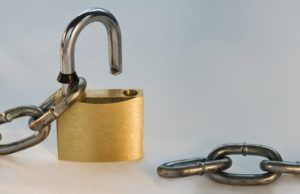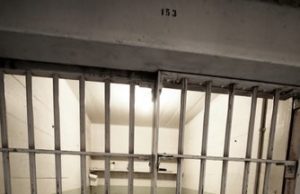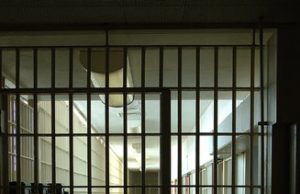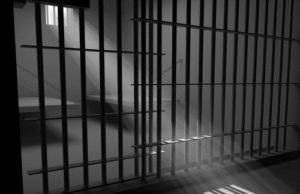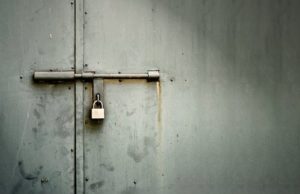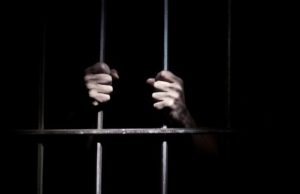
Federal Department of Corrections
The Federal Department of Corrections is known as the Federal Bureau of Prisons. The Federal Department of Corrections has control of the federal prisons and institutions spread throughout the country. The Federal Department of Corrections is split up into six different regions of the United States, and currently holds close to 200,000 inmates within the system. The Federal Department of Corrections does not have any direct control over the state Departments of Corrections.
Florida Department of Corrections
The Florida Department of Corrections has jurisdiction over the penal system of Florida. There are 139 different facilities throughout Florida over which the Florida Department of Corrections has control. About 100,000 individuals are held within the Florida Department of Corrections system, with many more under the jurisdiction of the Florida Department of Corrections on parole or probation.
North Carolina Department of Corrections
The NC Department of Corrections has jurisdiction over the prison facilities throughout North Carolina. Currently, the NC Department of Corrections is known to hold close to 40,000 individuals within these facilities, with another 125,000 individuals being monitored by the NC Department of Corrections outside these facilities, as probationers or parolees.
Colorado Department of Corrections
The Colorado Department of Corrections currently has close to 7000 employees working throughout the prison system in Colorado. These employees are spread between the 19 different state prison facilities throughout Colorado, all of which are under the jurisdiction of the Colorado Department of Corrections, along with the 23,000 individuals held in these facilities.
California Department of Corrections
The California Department of Corrections and Rehabilitation generally has a budget of around $10 billion to spend on the 30 facilities held under the jurisdiction of the California Department of Corrections and Rehabilitation. The California Department of Corrections and Rehabilitation is also noticeable for its conservation programs, which use inmates to help fight forest fires and clean up trash.
Texas Department of Corrections
The Texas Department of Corrections is one of the largest penal systems in the world. The Texas Department of Corrections has jurisdiction over 51 different state prisons, along with over 650000 on parole. The Texas Department of Corrections also has a budget of close to $3 billion, and it has 40000 employees.
Missouri Department of Corrections
The Missouri Department of Corrections holds jurisdiction over close to 54 thousand individuals on probation within Missouri, while also holding jurisdiction over close to 18 thousand individuals on parole and 30 thousand individuals within the actual prisons of Missouri. The Missouri Department of Corrections also has a specialized re-entry process to help inmates re-enter the community with success.
Mississippi Department of Corrections
The Mississippi Department of Corrections holds about 25,000 individuals within the jails of Mississippi, and another 32,000 individuals outside of those jails, as either probationers or parolees. The Mississippi Department of Corrections has jurisdiction over the three different main state prison facilities of Mississippi, along with eleven regional facilities which are also under the jurisdiction of the Mississippi Department of Corrections.
Kansas Department of Corrections
The Kansas Department of Corrections holds jurisdiction over the prison system of Kansas, which is ultimately relatively small compared to the prison systems of certain other states. The Kansas Department of Corrections holds close to 10000 individuals within its facilities, offers Offender Workforce Development to help those inmates develop important skills for life outside of prison.
Minnesota Department of Corrections
The Minnesota Department of Correction, or MN Department of Corrections, holds jurisdiction over 9,200 individuals within the jails of Minnesota, and another 20000 individuals outside of the jails of Minnesota. The Minnesota Department of Corrections has a budget generally around half a billion dollars.
Wisconsin Department of Corrections
The Wisconsin Department of Corrections controls such facilities as the Chippewa Valley Correctional Treatment Facility, the Dodge Correctional Institution, the Green Bay Correctional Institution, the Kettle Moraine Correctional Institution, and the Milwaukee Secure Detention Facility, as well as several others. The Wisconsin Department of Corrections currently holds about 22,000 inmates within these facilities.
New Jersey Department of Corrections
The New Jersey Department of Corrections, or NJDOC as it is sometimes called, controls the 13 jails and institutions of New Jersey and helps to supervise the 25000 individuals within those facilities. The NJDOC takes in about 12,000 new individuals into the prison system every year, but the New Jersey Department of Corrections also releases about 12600 individuals every year.
Georgia Department of Corrections
The GA Department of Corrections has control over the 30 different prison facilities throughout Georgia, as well as the 55,000 individuals kept within those facilities. The GA Department of Corrections also operates Georgia Correctional Industries, which is a corporation owned by the GA Department of Corrections in which inmates build furniture and other goods for sale to government agencies.
Iowa Department of Corrections
The Iowa Department of Corrections has about 30,000 individuals whom it monitors, as these individuals are on probation or parole from the facilities of the Iowa Department of Corrections. The Iowa Department of Corrections keeps only 9,000 individuals within its facilities, and it employs about half that number of individuals in order to help maintain and operate these facilities and the penal system of Iowa.
New York Department of Corrections
The NYS Department of Corrections, also called the New York State Department of Corrections, controls and operates 66 different facilities which are split into minimum security state prisons, medium security state prisons, and maximum security state prisons. The NYS Department of Corrections has close to 60,000 individuals held within these facilities throughout the state.
Tennessee Department of Corrections
The Tennessee Department of Corrections controls and operates 12 facilities for male inmates in the state of Tennessee, and 2 facilities for female inmates. The Tennessee Department of Corrections offers up several opportunities for inmates to better their lives, including taking courses to earn a vocational degree or a GED, and serving in TRICOR, which is the state’s prison industry program.
Nevada Department of Corrections
The Nevada Department of Corrections holds close to 13 thousand inmates in 8 different facilities spread throughout Nevada. The Nevada Department of Corrections also owns and operated 10 different conservation camps, which are facilities for inmates that have the inmates help with conservation efforts throughout the state.
South Carolina Department of Corrections
The South Carolina Department of Corrections, also known as the SC Department of Corrections, has 28 different facilities for inmates, 6000 employees serving at those facilities, and close to 23,000 inmates incarcerated across the different facilities. Some SC Department of Corrections facilities are pre-release facilities designed to help incarcerated inmates to prepare for life outside of jail.
Connecticut Department of Corrections
The Connecticut Department of Corrections has 18 different facilities under its control in Connecticut, though the CT Department of Corrections is currently keeping one of those 18 facilities closed. 20,000 inmates are held by the CT Department of Corrections in these institutions.
Pennsylvania Department of Corrections
The PA Department of Corrections controls 26 different correctional facilities along with a variety of other facilities designed to assist the PA Department of Corrections in dealing with the various situations that might crop up with regard to inmates. For example, the PA Department of Corrections offers a boot camp program in which inmates may spend six months in military style training, prior to their release date.
Arizona Department of Corrections
The Arizona Department of Corrections has 14 different facilities in its control and operation. The Arizona Department of Corrections also has close to 40,000 individuals being held in those 14 facilities at any given time. The Arizona Department of Corrections implements an inmate labor program, in which inmates are sent around to assist with labor throughout the state.
Alabama Department of Corrections
The Alabama Department of Corrections, or ADOC, controls the jails and penal system of Alabama. There are 19 different primary prison institutions in Alabama under the control of ADOC, along with 13 work centers and 2 community work camps. The Alabama Department of Corrections also offers a re-entry program to help those individuals who are coming close to their time of release.
Arkansas Department of Corrections
The Arkansas Department of Corrections has 15 different facilities under its jurisdiction and control. The Arkansas Department of Corrections oversees about 13,000 individuals within these facilities, along with 2,000 individuals outside of these facilities.


